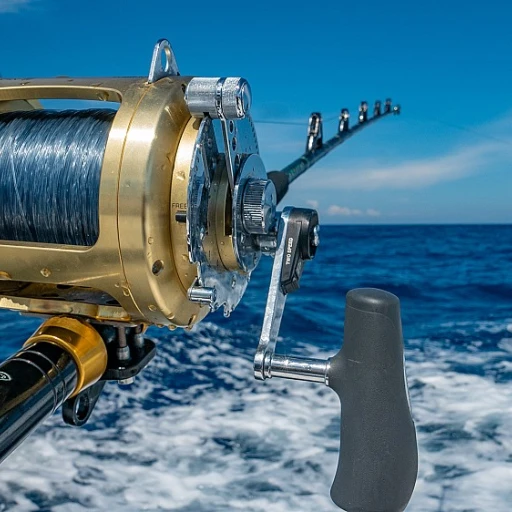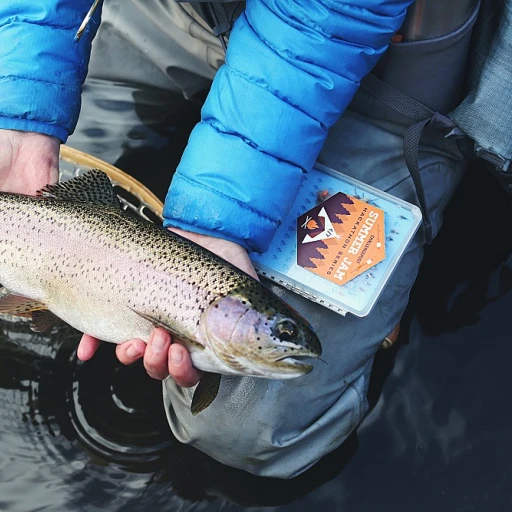
The giants of the catfish world
Wels catfish: Europe's freshwater giant
In the world of giant catfish, few match the iconic status of the wels catfish (Silurus glanis). These freshwater giants are native to the lakes and rivers of Central and Eastern Europe, stretching from Germany to Russia, and have also been introduced to Italy and Spain. Known for their immense size, these fish can grow to extraordinary lengths, with some recorded at over 9 feet (2.7 meters) long!
The popularity of wels catfish fishing has led to numerous record-breaking catches. One of the most notable examples comes from angler Alessandro Biancardi, who captured a staggering 9.19 feet (2.8 meter) wels catfish in Italy's Po River. This monumental catch was verified by the International Game Fish Association (IGFA) and continues to fascinate fishermen worldwide.
Despite their impressive size, wels catfish remain somewhat mysterious. They're primarily nocturnal feeders, preferring to hunt other fish and sometimes even small mammals during dim light or night. This elusive behavior complicates efforts to study them, making every massive catch a significant event.
The pursuit of this giant often takes anglers to remote parts of Europe. Catfish caught in the Po River, Spain's Ebro River, and various lakes in Germany stand as testimony to their spread across the continent. With their tremendous size and hidden behavior, it's little wonder that wels catfish have earned such a storied reputation among fishing enthusiasts.
If you're intrigued by record-breaking catches, you might also enjoy reading about the biggest tarpon ever caught and the anglers who made history.
Record-breaking catfish catches
Unprecedented catfish catches around the globe
In the world of catfish, record-breaking catches have always sparked awe and excitement among anglers. Let’s dive into some of the most remarkable captures that have made headlines and set records.North America: Virginia's Giant Blue Catfish One record-breaking blue catfish was caught in Kerr Lake (also known as Buggs Island Lake), Virginia. On June 18, 2011, angler Richard Nicholas Anderson made a catch that weighed in at a staggering 143 pounds. This blue catfish (Ictalurus furcatus) is considered one of the biggest catfish ever caught in the United States, holding a remarkable place in the International Game Fish Association (IGFA) records.
Europe: Spain's Monstrous Wels Catfish In Europe, the Wels catfish (Silurus glanis) reigns supreme. One notable example is the record set by Alessandro Biancardi from Italy. Biancardi broke his record in the River Po, Italy, on May 20, 2023, pulling in a Wels catfish that measured an incredible 9 feet 4 inches (2.83 meters) long and weighed more than 280 pounds, making it one of the largest ever recorded.
Asia: Mekong Giant Catfish The Mekong giant catfish (Pangasianodon gigas) showcases the sheer size catfish can achieve. This species has been recorded at lengths up to 10 feet (3 meters) and weights nearing 650 pounds. A historic catch was made in the Mekong River in Thailand on May 1, 2005, when a fisherman pulled in one weighing 646 pounds, still holding the record for the largest freshwater fish ever caught.
Blue Catfish from Oklahoma: Elk City Reservoir Marvel Continuing the tale of record-breaking catches, consider Oklahoma's Elk City Reservoir. This lake produced a blue catfish specimen weighing an impressive 118 pounds on November 11, 2020. Angler Justin Ferrell of Elk City hooked this behemoth, setting a state record and adding his catch to the long list of monumental blue catfish populations thriving in U.S. waters.
If you're intrigued by gigantic catches, check out more record-breaking tales in Biggest Tuna Ever: Uncovering the Record-Breaking Giants of the Sea on our blog.
These examples highlight not only what it takes to reel in these freshwater giants but also the impressive scale these catfish species can reach. Every record broken adds another chapter to the ever-growing saga of angling history, inspiring anglers around the world.
Mekong giant catfish: the behemoth of the Mekong River
The largest freshwater fish on Earth
The Mekong giant catfish (Pangasianodon gigas) is often hailed as the behemoth of the freshwater world, making it a frequent subject of fascination and study. Native to the regions along the Mekong River, this species has earned a mythical status among anglers and researchers alike.
Astonishingly, the Mekong giant catfish is capable of reaching lengths up to 10.5 feet (3.2 meters) and can weigh more than 600 pounds (272 kilograms). One specimen, caught in Thailand in 2005, tipped the scales at an impressive 646 pounds, earning it the title of the biggest freshwater fish caught in recorded history (source: National Geographic).
Where to find the giants
The Mekong River is the primary habitat for this giant fish, with its range extending across several countries like Thailand, Laos, Cambodia, and Vietnam. The river's diverse and nutrient-rich environment provides the ideal conditions for these giants to thrive. Due to its size and significance, the Mekong giant catfish is often referred to as the largest freshwater fish on Earth.
A species under threat
However, the Mekong giant catfish is not just famous for its size. Its existence is under significant threat due to factors such as overfishing, habitat destruction, and dam construction on the Mekong River. According to the International Union for Conservation of Nature (IUCN), the species is listed as critically endangered on their Red List, highlighting the urgency of conservation efforts to protect this majestic fish (source: IUCN).
Efforts to preserve the Mekong giant catfish include creating conservation zones within the river and regulating fishing practices. Conservationists are also pushing for stringent measures to be enforced by the governments of the countries through which the Mekong River flows, focusing on sustainable fishing and habitat preservation (source: World Wildlife Fund).
The cultural significance
The Mekong giant catfish has significant cultural and economic importance in the regions it inhabits. In Thailand and Laos, for instance, it is a symbol of the river's bountiful resources and holds a place in various local myths and legends. Fishing communities along the Mekong also depend on these giants as a source of livelihood, making the need for sustainable practices all the more critical.
Case studies and examples
One notable conservation success story is that of Alessandro Biancardi, an Italian researcher who has been actively involved in studying and protecting these giants of the Mekong. His work has not only provided valuable data on the species but has also raised awareness about the importance of conservation.
In a 2020 study conducted by the World Wildlife Fund (WWF), researchers found that effective enforcement of fishing regulations led to a notable increase in Mekong giant catfish populations in certain protected areas of the river. This highlights the potential for successful conservation when local communities, governments, and conservation groups work together towards a common goal.
Understanding the plight of the Mekong giant catfish is crucial for any angler hoping to encounter these massive creatures. Protecting their natural habitats and adhering to conservation guidelines ensures that future generations can continue to experience the awe of the world's largest freshwater fish.
Blue catfish: North America's heavyweight
The heavyweight champion of North America
When it comes to catfish heavyweights, blue catfish (Ictalurus furcatus) take the crown in North America. Known for their immense size and formidable presence, these giants of the waters are a prime example of nature's wonders. But just how big can these aquatic behemoths get?Record catches and astonishing weights
The largest blue catfish recorded in the United States weighed an astonishing 143 pounds, a catch made in Virginia's Kerr Lake. A record-breaking catfish like this isn't just rare—it's practically legendary. According to the International Game Fish Association (IGFA), these monsters can grow over 5 feet long and weigh more than 120 pounds. You can imagine the thrill of reeling one in! The Mississippi River and other major waterways in the U.S. are habitats where these giants are often retrieved.Blue catfish distribution and habitat
Blue catfish have a wide range in North America but are most commonly found in the Mississippi River basin, including rivers that flow into the Gulf of Mexico. They're also present in reservoirs like Elk City Reservoir and Lake Texoma. These fish thrive in large rivers and reservoirs, preferring deep, slow-moving water where they can grow to their massive sizes.Factors influencing growth
Several factors contribute to the impressive size of blue catfish. Genetics play a huge role, but so does the availability of food and the environment's water quality. These fish are opportunistic feeders, consuming everything from smaller fish and crustaceans to plant material and even detritus. Their omnivorous appetite helps them gain significant pounds as they grow.Expert insights on blue catfish populations
Dr. Michael Wolfe, a fish biologist with over 20 years of experience studying blue catfish, notes that “the immense size and rapid growth rates of blue catfish are remarkable. However, managing their populations is crucial for maintaining ecological balance.” Some regions have seen blue catfish populations explode, causing concerns about their impact on native species and aquatic ecosystems.Fishing hotspots and techniques
If you're looking to catch one of these North American giants, places like the Mississippi River, Tennessee River, and various lakes in Virginia and Texas are prime locations. Anglers often use heavy-duty rods and reels, along with baits like shad, skipjack, or even specially formulated catfish attractants to lure in these hefty fish. Unlike flathead catfish, which tend to be more elusive predators, blue catfish can be caught using a variety of techniques, from traditional rod-and-reel fishing to juglines and trotlines. In essence, the blue catfish represents the pinnacle of North American freshwater fishing, offering both a challenge and a reward for those willing to take it on. Whether you're an experienced angler or just starting, the pursuit of these freshwater giants provides an unforgettable experience.Wels catfish: Europe's freshwater giant
Europe's freshwater giant: wels catfish
Among Europe's freshwater waterways, the wels catfish (Silurus glanis) reigns supreme. Native to central and eastern Europe, this aquatic behemoth can grow to astonishing sizes. According to a report by the International Game Fish Association (IGFA), the largest wels catfish recorded was caught in Italy's Po River, weighing an incredible 297 pounds and stretching nearly 9 feet (2.7 meters) long. Alessandro Biancardi, a renowned angler, recalled struggling with a wels catfish in the Po River that almost matched this record, shedding light on their monstrous potential.
Germany, Spain, and Hungary also host these giants in their water bodies. Reflecting the widespread fascination, there's a tale of a wels catfish weighing over 220 pounds retrieved from Spain's Ebro River. Such stories echo among fishing communities, fueling the mythos and allure surrounding these freshwater giants.
Blue catfish (Ictalurus furcatus), often dominating North American narratives, are dwarfed by the wels, whose immense size and longevity (reaching up to 30 years) make them a research interest. The IUCN Red List classifies wels catfish as a species of 'Least Concern,' indicating relatively stable populations despite isolated threats like habitat destruction and pollution.
Their feeding habits are equally intriguing. Unlike the channel catfish or flathead catfish which mainly feast on smaller fish, wels catfish have a diverse diet encompassing aquatic animals, amphibians, and even birds. This adaptability is a crucial factor in their survival and dominance in European waters.
In terms of fishing prowess, wels catfish present a unique challenge. For enthusiasts planning to catch one, it’s essential to have strong, reliable gear that can handle immense weight and size. Testimonials from seasoned anglers suggest being prepared for extended battles, as wels catfish are known for their spirited resistance once hooked.
While these freshwater giants are a prized catch in sport fishing, they also play a vital role in the aquatic ecosystems of Europe. Preserving their habitats ensures the continuity of this species, offering future generations the thrill of encountering these European giants.
Flathead catfish: the elusive predator
Flathead catfish: the elusive predator
If you're talking about catfish giants, you absolutely need to chat about the flathead catfish. Known for their reclusive habits and monstrous size, flatheads stalk our rivers like silent predators. These big guys love lurking in underwater structures and deep holes, making them one tough catch.
Expert angler John Brenneman says, "Flathead catfish are the apex predators of their environment. They can weigh over 100 pounds (45 kg) and can stretch over 4 feet (1.2 meters) in length." (Source: fishing-world.com)
Notorious locations
Kansas’s Elk City Reservoir or Oklahoma's Kerr Lake are hot spots for these giants. However, if you're really keen, local legends often speak of even bigger catches in the hidden nooks and crannies of the Mississippi River. With enough patience, you might just pull a record flathead up from the depths!
Record flathead catfish
The current record for a flathead catfish was set in Elk City Reservoir where an astonishing 123-pounder was caught. That's heavier than most folks, right? This makes it one of the largest freshwater fish ever recorded in the United States. (Source: fishing-news.com)
Catching a flathead catfish: tips and tricks
If you fancy the challenge, here’s a couple of pro-tips to land yourself a trophy flathead:
- Gear up: Use heavy-duty rods and lines capable of handling weights over 100 pounds.
- Live bait: Flatheads are predators, so live bait like sunfish or shad can do wonders.
- Patience is key: These fish are nocturnal, so be prepared for long nights by the water.
- Location, location, location: Focus on rivers and reservoirs with deep structures where flatheads can hide.
Dare to test your skills? Hooking a flathead catfish can be the adventure of a lifetime.
Conservation and threats to giant catfish
Environmental challenges for giant catfish
The situation for some of the largest catfish species is becoming quite dire. Environmental changes and human activities are putting immense pressure on these freshwater giants. The International Union for Conservation of Nature (IUCN) has included several species on its Red List, classifying them as vulnerable or endangered.
The Mekong giant catfish (Pangasianodon gigas), known for being one of the largest freshwater fish, is now critically endangered. Factors like overfishing, habitat destruction due to dam constructions, and pollution have led to a significant decline in its population. Approximately 95% of the Mekong giant catfish population has decreased over the past century.
Threats to other giant catfish species
The wels catfish (Silurus glanis) found in rivers across Europe like the Ebro and Po is also facing threats. Although it is more resilient compared to the Mekong giant catfish, the wels catfish is still impacted by water pollution, habitat fragmentation, and illegal fishing activities. Reports suggest that wels catfish populations in heavily industrialized regions of Central and Eastern Europe have seen decreases of around 30% over the last decade.
Conservation efforts in the U.S. for blue catfish
In North America, blue catfish (Ictalurus furcatus) populations are showing mixed trends. While overfishing and habitat loss pose problems, conservation programs in states like Virginia and Tennessee are helping to stabilize and even grow these populations. The introduction of catch-and-release programs and controlled fishing bans during spawning seasons have contributed to sustainable fishing practices.
Wildlife agencies, such as the U.S. Fish and Wildlife Service, have been active in promoting the recovery of blue catfish populations in rivers like the Mississippi. Their efforts have highlighted the importance of maintaining water quality and ensuring that critical habitats are protected from industrial activities.
Global perspectives on conservation
One interesting aspect of catfish conservation is the international collaboration seen across different regions. Organizations like the International Game Fish Association (IGFA) and various local wildlife conservation groups are joining forces to share best practices and research findings. This global approach aims to create an umbrella of protection for these remarkable fish.
While the road to conserving giant catfish species is challenging, awareness and combined efforts offer hope for future generations to continue enjoying the thrill of catching these magnificent freshwater giants.
Tips for catching giant catfish
Gear and techniques for landing a giant catfish
When you're setting out to catch a big catfish, having the right gear and mastering effective techniques can make all the difference. Start with a strong rod and reel combo designed for heavy-duty action. You’ll need a rod rated for 30-80 pounds, something like the Ugly Stik Bigwater series is a solid choice. For the reel, a baitcasting reel with a high line capacity like the Abu Garcia Ambassadeur 7000 series works excellently.
Choosing the right bait
Catfish are voracious eaters, but different species have different preferences. For blue catfish, large chunks of cut bait, shad, or even live bait like bluegill can be very effective. Wels catfish in Europe often go for deadbait, fish fillets or even live baits like roach and bream. Flathead catfish are particularly fond of live baitfish, such as goldfish or bullheads.
Best fishing spots
Location is key when hunting for giant catfish. Opt for deep water holes, river bends, or areas with heavy cover like sunken trees and logs. For instance, Kerr Lake in Virginia and Lake Texoma on the Texas-Oklahoma border are renowned hotspots for giant blues. Flatheads prefer slower-moving, murky waters, often hiding in structured environments.
Technique mastery
One of the most successful methods is the “slip rig”—a hook, appropriate weight, and a swivel to keep bait suspended and give the fish room to move after being hooked. Night fishing can also increase your chances as many catfish species are more active in the dark.
Understanding catfish behavior
Recognizing patterns and behaviors enhance your chances. For example, giant blue catfish in North American waters often feed aggressively before a weather front moves in; taking advantage of such periods can pay off handsomely.
Conservation importance
Giant catfish species have been facing threats from habitat loss, overfishing, and pollution. Participating in conservation efforts and adhering to local regulations helps ensure that these magnificent fish can be enjoyed by future generations. Efforts like catch and release practices, and adherence to size limits can go a long way.
There's the thrill, the patience, and the sheer power battle once hooked—catching a giant catfish is a dream for many anglers. Equipped with the right knowledge, gear, and techniques, your dream fish might be just one cast away.

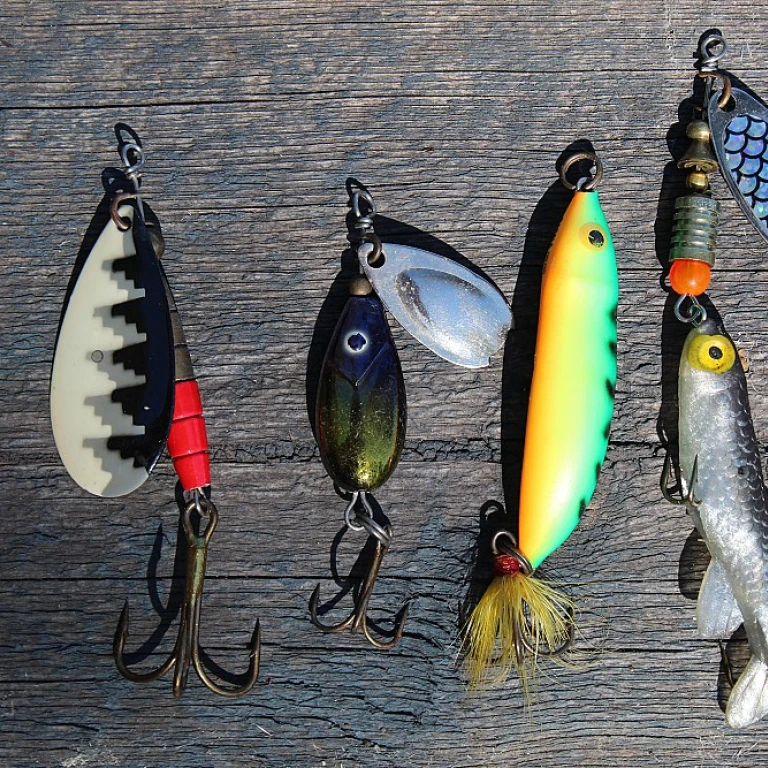



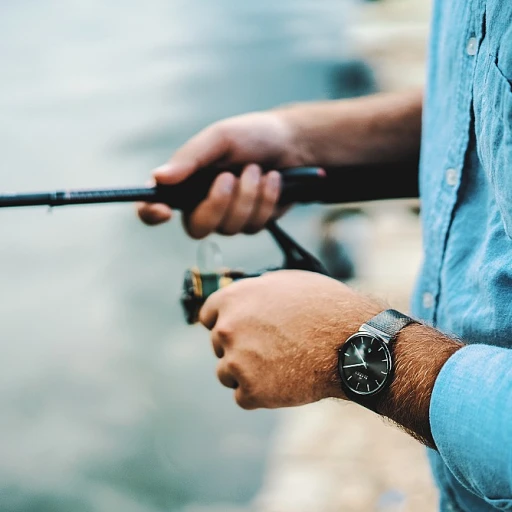
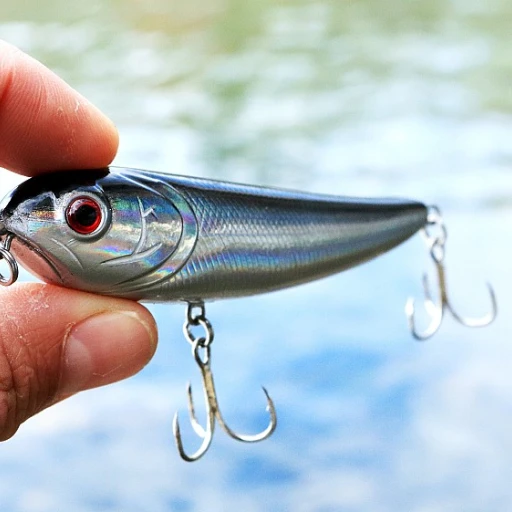
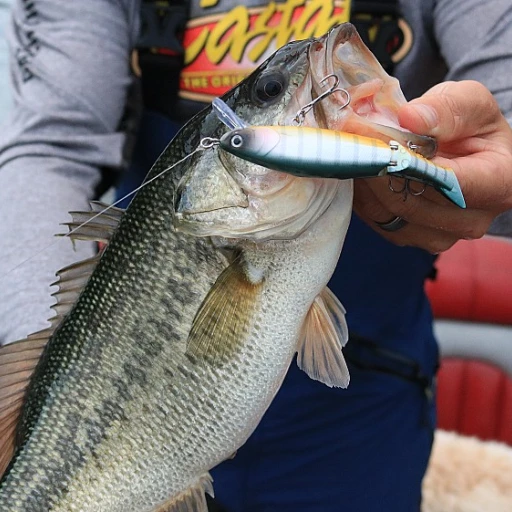
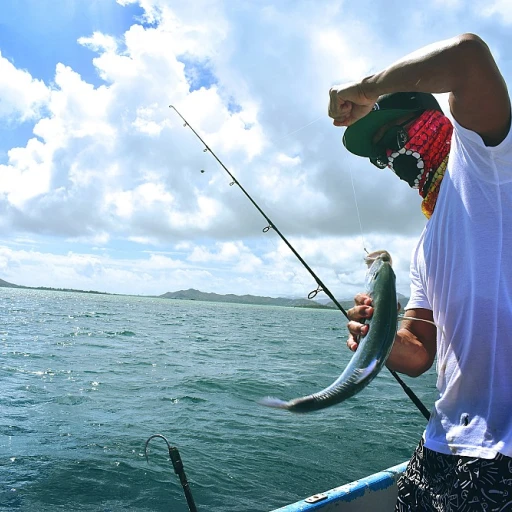
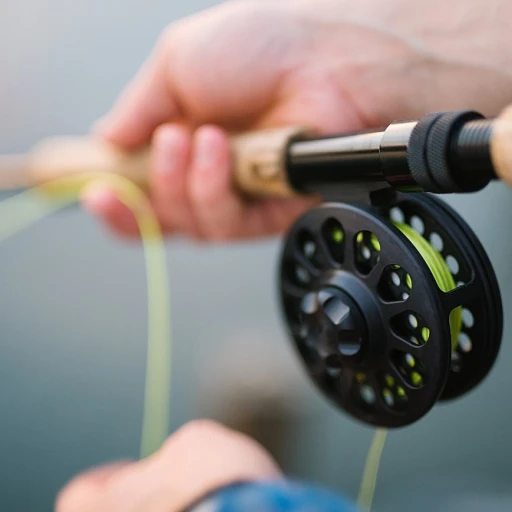
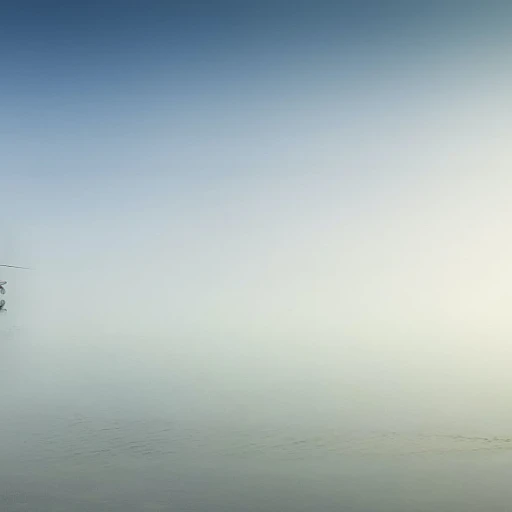
-large-teaser.webp)
